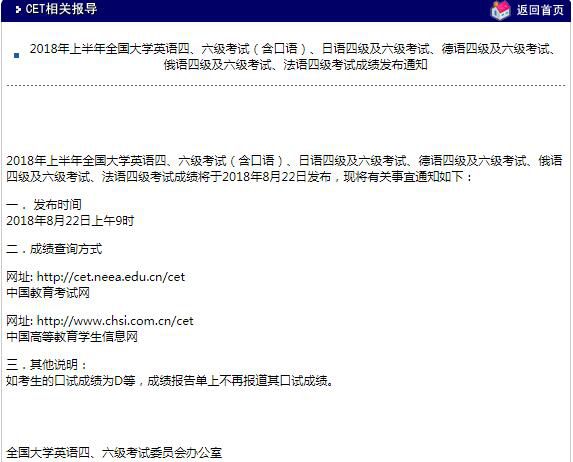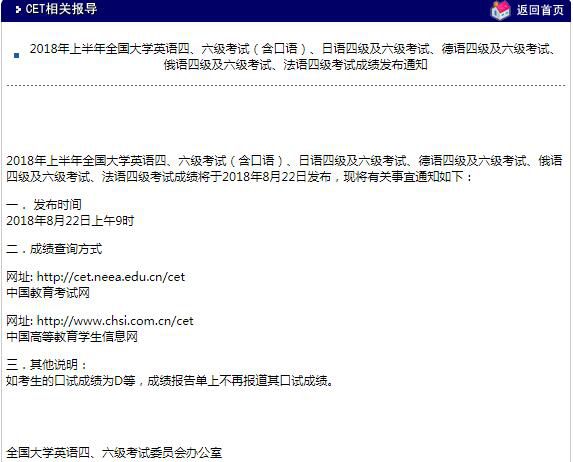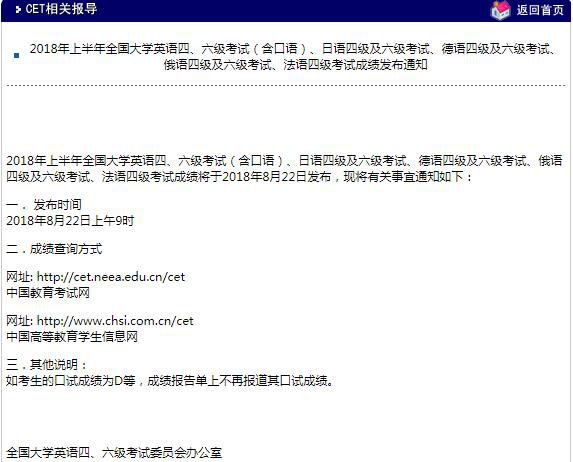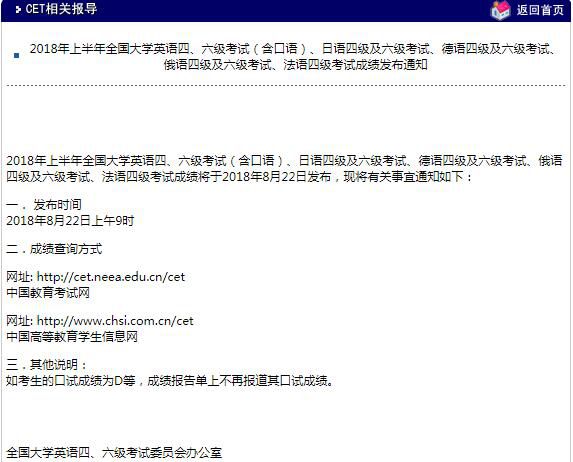|
Passage 5 Eight adjacent offices completely enclose a circular central courtyard. The offices are numbered consecutively, beginning at one of the offices with 1 and proceeding clockwise to 8. Eight junior executives-J, K, L, M, N, O, P, and R-are to occupy the offices, one to an office. The assignment of offices is subject to the following restrictions: J is allowed first choice of any of the offices.
K and P must be assigned to adjacent offices.
L and P must be assigned to adjacent offices.
M and O must be assigned to adjacent offices.
M and N cannot be assigned to adjacent offices.
O is assigned to office 2 unless J chooses it; in that case, O will be assigned to office 3.
K is assigned to office 7 unless J chooses it; in that case, K will be assigned to office 5. 1. Which of the following is an assignment of executives to offices, beginning with office 1 and proceeding consecutively to office 8, that conforms to the restrictions above?
(A) J, O, M, R, L, P, K, N
(B) J, R, O, M, L, P, K, N
(C) M, O, N, K, P, L, R, J
(D) M, O, R, J, L, K, P, N
(E) N, J, O, M, K, P, L, R 2. If J chooses office 8, which of the following must be true?
(A) L is assigned to office 5.
(B) M is assigned to office 1.
(C) M is assigned to office 3.
(D) N is assigned to office 1.
(E) R is assigned to office 1. 3. P could be assigned to which of the following offices?
(A) 1 (B) 2 (C) 3 (D) 4 (E) 5 22. If N is assigned to office 5, which of the following can be true?
(A) L is assigned to office 3.
(B) M is assigned to office 4.
(C) O is assigned to office 3.
(D) P is assigned to office 1.
(E) R is assigned to office 6. | 







